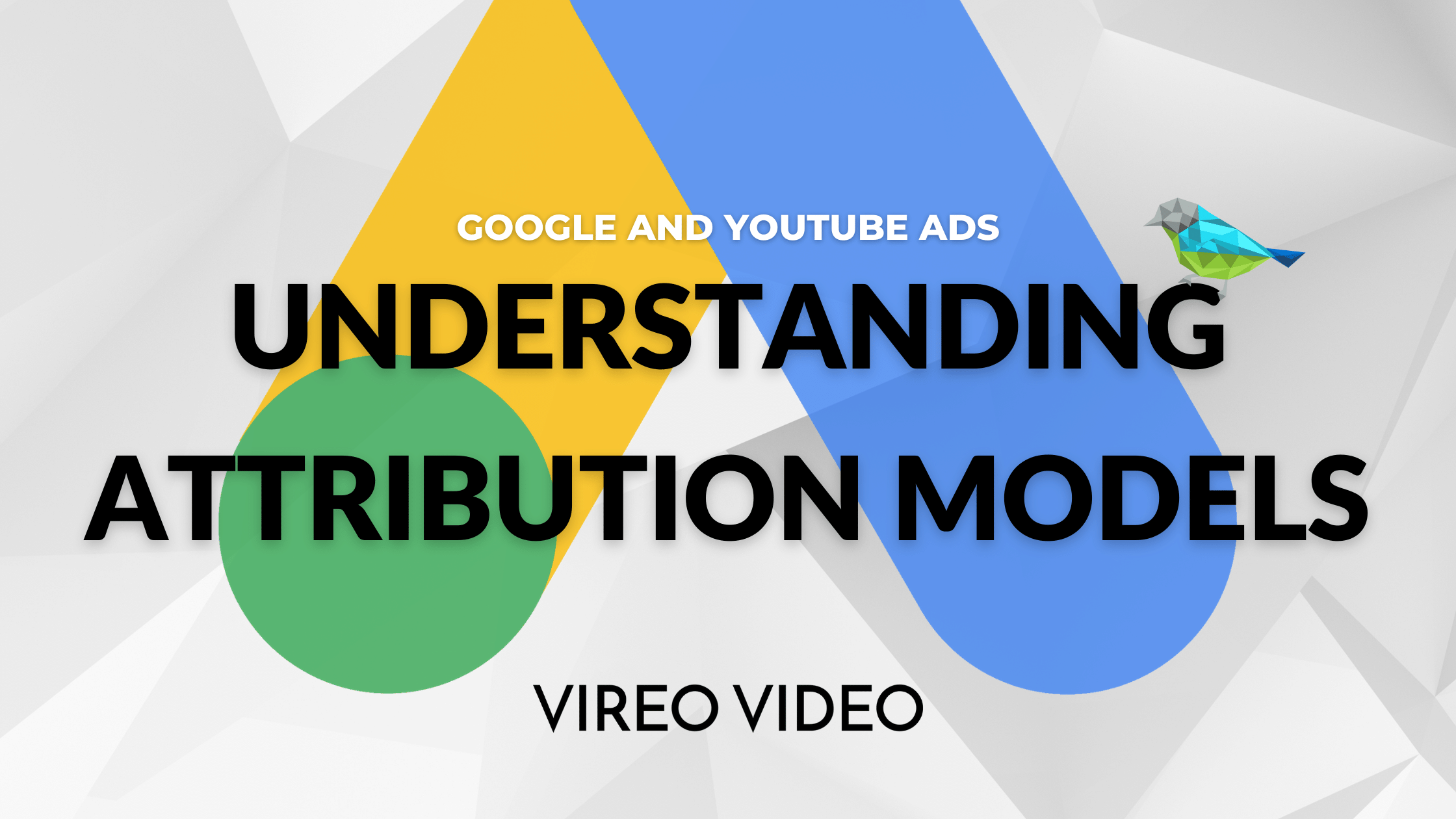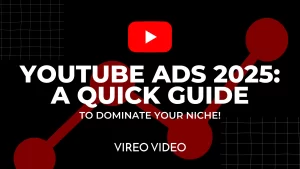Higher conversion rates on your Google and YouTube Advertising campaigns… always a nice thing, right? So, how does understanding Google Attribution Models help with this? Because these models give advertisers a better look into the customer journey, such as how a viewer found your business, when they converted, and why.
That journey to conversion tells you the story of how customers interact with your ads, and allows you to then optimize for more of those interactions and conversions in the future.
As Google puts it, “They are a rule or set of rules, that determines how credit for sales and conversions are assigned to touchpoints in conversion paths.” That credit is how you determine future optimizations in your campaign.
So in simple terms, these attribution models used on Google and YouTube Ad campaigns ultimately help you find the best way to improve your conversion rates. Read on to learn the basics of these models, and how you can choose the right one for your ad campaigns.
Need help running profitable YouTube Ad Campaigns? Learn more about how we can support.
Jump to a section

Last-click attribution models
This is the default model, and it’s what you’ll get if you don’t adjust your attribution settings when setting up a campaign. This model gives credit to the last keyword or ad that a user has clicked.
The last-click model is straightforward in the sense that it gives you an idea of what finally drove the user to your website. On the other hand, this type of model doesn’t show you the whole picture of the user’s path to conversion. It only focuses on that one last click.

First-click attribution models
This model is just like the previous one, except that this time Google gives 100% credit to the first click instead of the last. The first-click model gives credit to the keyword or ad that gave the first visit to your website.
This is a good model to implement if you only want to see how people are finding out about your business, and nothing too deep or complicated beyond that. It’s great for brand awareness and reaching your target audience.
However, just like the previous model, this one doesn’t give you the full picture as well. It won’t give you an accurate representation of the conversion process.

Linear attribution models
For this type of model, credit is given evenly across all touchpoints. If a user doesn’t click on your keyword or ad, then it gets zero credit. If your user took three actions, with the final step being the conversion action, then Google will give equal credit to all three.
The linear model gives a better and more well-rounded picture of the customer journey. It’s a pretty straightforward model, going from a broad organic search to a conversion. It’s a practical model. The downside is that it can discount one action that made more impact than all the others. Also, this approach makes it harder to optimize specific keywords and campaigns, as it gives equal credit to all actions.
The downside is that it can discount one action that made more impact than all the others. Also, this approach makes it harder to optimize for specific keywords and campaigns, as it gives equal credit to all actions.

Time decay attribution models
This model focuses on the time when a user interacted with an ad. Google gives credit to the action that was taken most closely to the conversion. The more current the action, the more credit will be given compared to an action that was taken days prior to a conversion.
You can think of it this way: the closer to the conversion, the more credit is given.
This model is ideal if your campaign is a long one, or if your target audience is the same and you want to learn about their potential purchases. Accuracy is not to be expected with this model, since it focuses on time and does not place importance on the distribution of conversion credit.
For example: a user clicks on your ad for the first time three weeks ago. This is the start of their interest in your business. Now after a couple more weeks, they go back to your website to finally make a purchase. That first click, which was pretty significant in this scenario, wouldn’t get the credit it deserved.

Position-based attribution models
Also called the “U-shaped attribution model”, this type of model assigns 40% credit to the first and last clicks and the remaining 20% to the other interactions. This can effectively give credit to all touchpoints.
This position-based model gives you a clear picture of the conversion journey. It gives you a more solid representation of data based on what keyword or ad made them curious enough to click. It also sheds light on which one was responsible for the conversion, and which keywords they clicked on from point A to point B, painting a clear picture of the customer journey.
However, it can also give an inaccurate representation of the clicks that happened between the first and last ones, especially if it’s during that 20% that made the user finally convert.

Data-driven attribution models
This fully automated model uses data machine learning technology. It’s placing a comparison on the click path data between users who converted and those who did not. It is “a data-driven approach that takes the guesswork out of choosing a model.” The data-driven model gives credit according to how users search for the service or product while relying on the data behind it.
Among all the other models, the data-driven attribution is the most accurate. This is because it considers different factors when it comes to giving credits. You will benefit greatly from all the data it has gathered.
The only downside here is that this model is only fitting for accounts that garner high traffic and get a lot of conversions.
So what's the right attribution model for your campaign?
These attribution models give you more control over how much credit each ad interaction contributes to a conversion. This allows you to:
- Find ways to reach customers earlier in their conversion journey
- Identify areas of your buyer’s journey that should be adjusted to improve
- Determine the model that best suits the way people search for what you have to offer
- Optimize your bids based on a better understanding of your ad performance
Choosing which of these models best suits your business needs can help you increase your online sales and profitability. Depending on your goals, you may want to use one model exclusively, or use them in combination to maximize your ROAS from Google and YouTube Ad campaigns.
We hope you learned a little something about attribution models in this post, and that you’re able to use these insights in your advertising campaigns! If you have any remaining questions, or are looking for more technical support, then reach out to us. We’re always happy to chat and support businesses with their advertising needs. Hit the banner below to get in touch.







